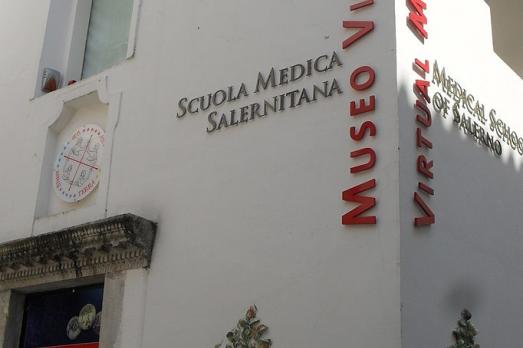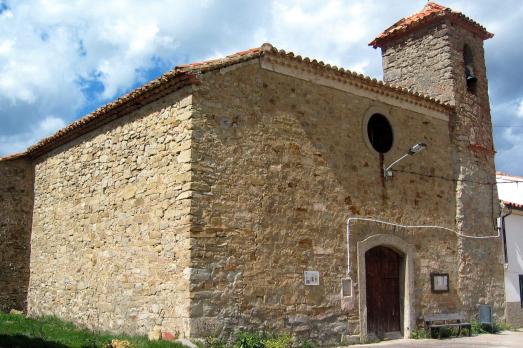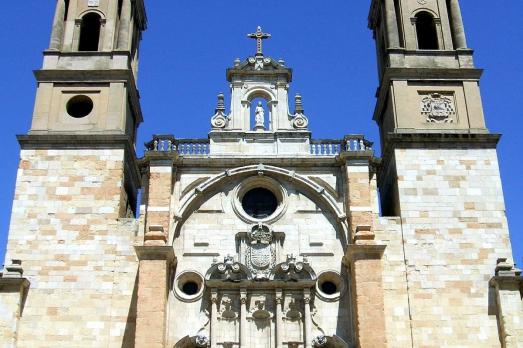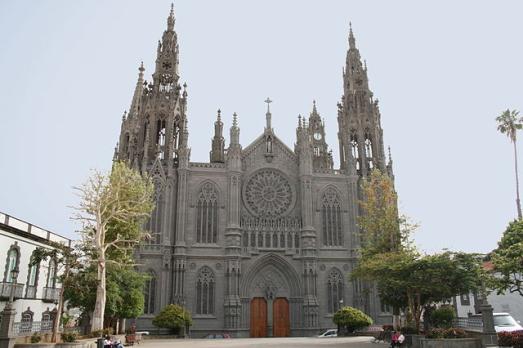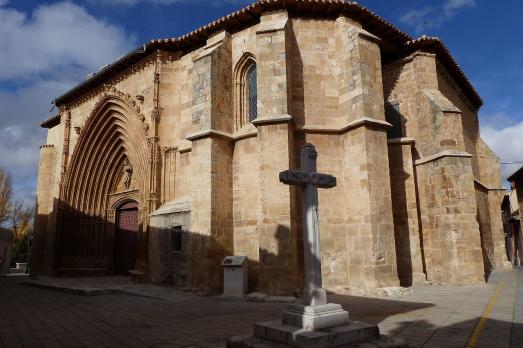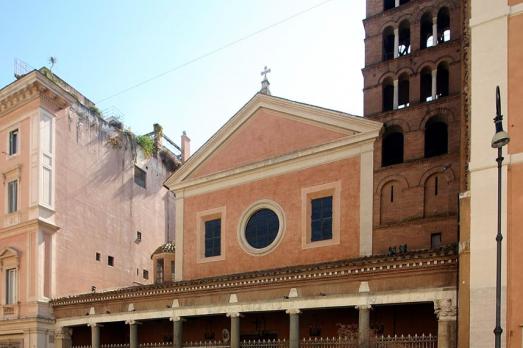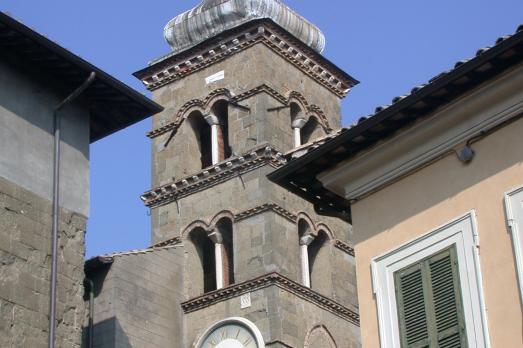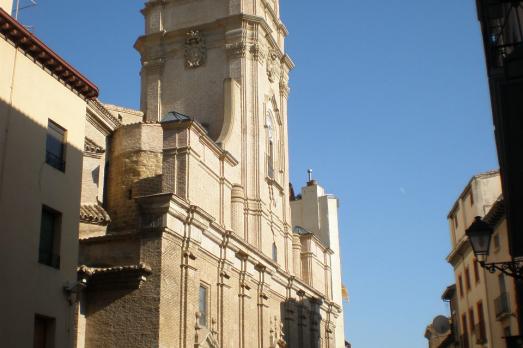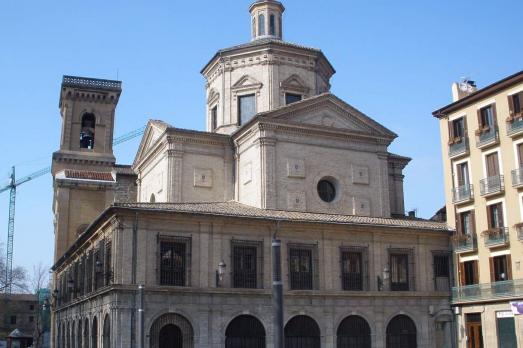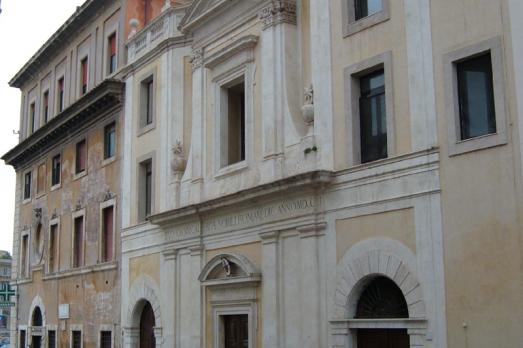
Church of San Giovanni Calibita
Roma, IT
The church of San Giovanni Calibita was founded in 1584 on an ancient church mentioned as early as the 11th century. The 16th-century church was renovated in 1640, the façade was completed in 1711 and the interior in 1742. The rich interior decoration is the work of Corrado Giaquinto.
